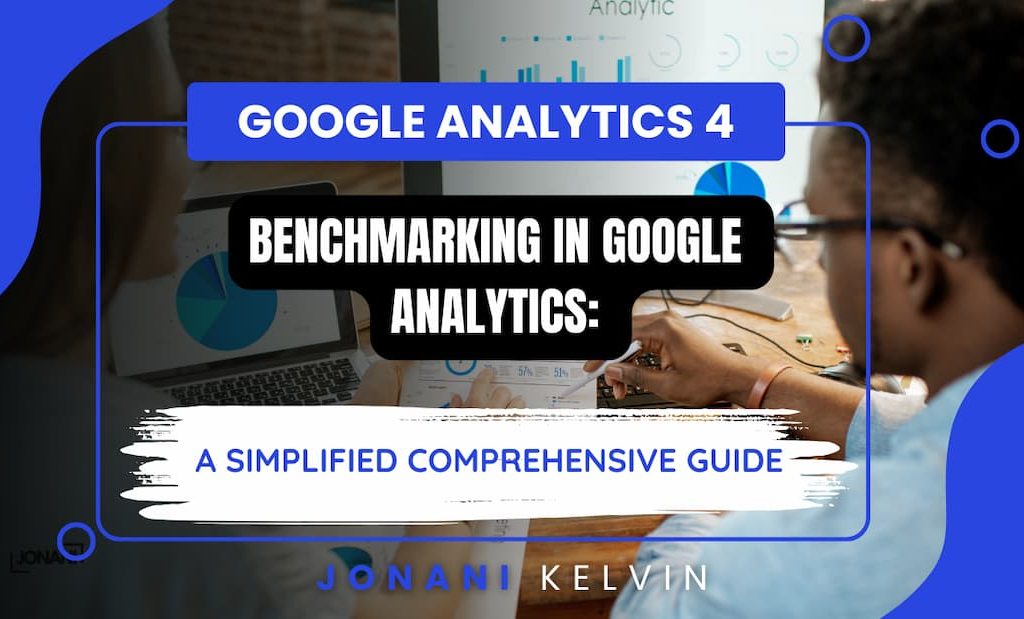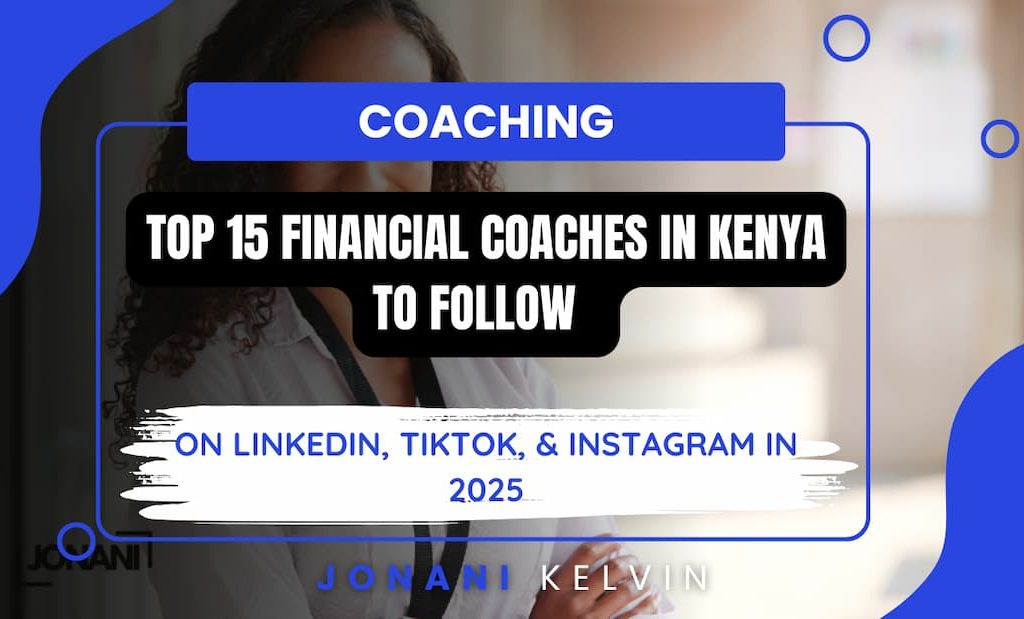This comprehensive guide to simplified Off-page SEO is made up of extensive research on essential information revolving around on-page search engine optimization.
Through the article, I intend to demystify the purported difficulty that is normally associated with off-page SEO and present to you a broad perspective of associated techniques beyond just acquiring links.
Here’s what you should expect from the guide:
- Off-Page SEO Fundamentals (Definition + Benefits)
- Difference Between Off-Page and On-Page SEO (Off-Page SEO Vs. On-Page SEO)
- Off-Page SEO Elements
- BONUS: Off-Page SEO Checklist for Online Businesses
Off-Page SEO
What is Off-Page SEO?

Off-page or Off-site SEO refers to a collection of SEO tactics and strategies done outside of a website to increase the website’s ranking on SERPs (Search Engine Result Pages). Some of these tactics/ strategies comprise backlink building, branded searches, content marketing, and using many other social signals.
What Are The Benefits of Off-Page SEO?
Off-page SEO efforts come with myriad advantages with the main one being improving your website’s ranking on Google and other search engines.
Take for example backlinks.
Brian Dean’s study on search engine ranking elements identified a correlation between the total number of backlinks that a website has and its rank on SERPs.

On the other hand, Google has been at the forefront emphasizing the importance of all off-page SEO strategies in ranking.

In addition, Google’s Quality Rater Guidelines are significantly based on a website’s off-page reputation to establish trust a process that is also identified as “reputation research.”
You should know that reputational research is based on a large number of positive reviews from different users which in this case is considered as evidence for a positive reputation.
Apart from online reviews, expert recommendations together with mentions from authoritative news websites and Wikipedia are also considered.

Wikipedia Recommendations

Here’s the bottom line;
Besides links, there are many other factors that are significant to off-site SEO.
In this comprehensive guide to simplified Off-page SEO, I will extensively discuss all these factors.
But first;
Let’s get to understand the difference between off-page and on-page SEO.
Difference Between Off-Page and On-Page SEO (Off-Page SEO Vs. On-Page SEO)
Both Off-page SEO and On-page SEO have one goal in common which is to improve your website’s ranking in the SERPs (Search Engine Result Pages).
However, there are major differences between the two.
Off-Page SEO Elements
Backlinks
Backlinks are EXTRA important when it comes to Off-page SEO.
In this comprehensive guide, I will focus more on building/ acquiring backlinks from authoritative and reliable websites.
You should know that;
When it comes to link building or simply the process of acquiring backlinks, the quality of backlinks is more important than quantity.
With that being said;
I would also like to caution you from seeking spammy backlinks, especially from freelance gig websites.
Here’s what you should know;
Most of these links are not only spammy but also of low quality.
At some point during my first years of SEO practice, I was tempted to go for such quick link-building approaches for a client’s project.
However;
After researching more on Google guidelines regarding backlinks, I discovered that I was potentially exposing my client’s website to the risk of major Google penalties.
Long story short;
I was forced to apply practical and effective link building strategies that I will be discussing below (Keep Reading).
Strategy One: Broken Link Building
Broken link building refers to a process of acquiring backlinks from other websites by identifying broken links on their specific web pages.
You might be asking;
“Do broken links hurt my SEO?”
The answer is simply NO.
According to Google Webmaster Guidelines and also a study by SEMrush that was conducted in 2021, broken/ dead links do not have an effect on your website’s ranking.
However, broken links hurt your user experience.
Imagine clicking a link that should supposedly contain critical information that relates to what you were reading only to be surprised by an error 404 page.
This situation would simply translate to you (as a user) bouncing back to the SERPs to find another article that effectively addresses your problem.
To the website owner;
Such behavior would translate to bounce rates that could have been prevented through a broken link building process.
Here’s what you should know;
Every day multiple opportunities for acquiring backlinks occur.
Take for example when hosting expires many websites are affected especially in instances of file transfer or conventional website migrations. Such processes lead to the breaking of several links that would later translate to error 404 pages.

And, the best part about the strategy is that not many people are willing to be involved in the somehow tedious process of doing it consistently.
But what does this imply?
It simply means that you can effectively benefit from the technique/ strategy and have an edge if you apply it consistently.
Furthermore, broken link building can be easy and to some extent faster than other strategies such as guest blogging.
In summary, the broken link-building strategy can be achieved through 4 major steps;
Step One: Carry out a backlink analysis on the respective website or web pages.
Step Two: identify broken link opportunities
Step Three: contact the webmaster/ website owner and make the broken links known to them
Step Four: Wait for their response and make necessary follow-ups
Strategy Two: Broken Content Link Building
Besides broken link building (which I discussed above), there is a broken content link building strategy.
This strategy acts as ‘an icing on the cake’ for the conventional broken link building strategy.
Let me elaborate further;
Take, for example, the conventional link building process we are used to identifying broken or dead links that point to a specific webpage.
Sometimes finding pages that contain broken links relating to your niche can be challenging.
And that’s where broken content linking comes in.
In simple terms;
The broken content linking strategy uses the SEMrush Site Audit tool to identify broken links for specific niches and then apply the traditional broken link building strategy to build the specific backlinks to your website.
Strategy Three: Exemplary Guest Posting
Guest is associated with myriad off-page SEO benefits.
First and foremost, through guest posting you get the opportunity of identifying your business or brand with a relatively new audience.
But that’s not all;
You get to benefit from branded searches (More on this later. Keep reading)
Secondly, guest posting activates unlinked brand mentions.
Even though unlinked brand mentions are not as powerful as backlinks they help in content and brand marketing.
Lastly, guest posting can help you build more links from the posts.
Note;
To ensure that you benefit from this strategy, practice guest posting on websites in the same niche.
For example, if my website talks about nutrition and weight loss then I would guest in similar or related websites.
Strategy Four: Strategic Long-Form Content Development
Publishing strategic long content on your website increases your chances of getting more backlinks on autopilot.
In a Backlinko study that involved the analysis of at least 900 million posts with BuzzSumo, long-form content was associated with at least 77% more links than shorter blog posts. {insert graph on long form content vs. short form content source backlinko}

Strategy Five: Become A Data Source
For a long time and even in my everyday SEO practice, I have discovered that I mostly link to webpages that contain specific statistics relating to my topic at hand.
This convention has also been acknowledged by other SEO’s including Brian Dean from Backlinko.
Despite the quality of content, adding evidence-based statistics increases the chances for backlinks on autopilot.
REMEMBER;
Before applying the aforementioned link building strategies ensure that you have optimized your web pages based on this On-Page SEO practices comprehensive guide.
This will help prevent major indexing confusions that occur during web page crawling hence preventing instances where some pages are left unindexed.
You should know that one of the primary reasons why most authoritative websites fail to dominate top SERPs is because they neglect simple and basic On-page SEO practices.
Google’s E-E-A-T
On December 15th, 2022, Google introduced an update to its Search Rater Guide that saw the transition from the conventional E-A-T (Experience, Authoritativeness, and Trustworthiness) to E-E-A-T (Experience, Expertise, Authoritativeness, and Trustworthiness).
Here’s what you should about optimizing E-E-A-T and its connection to off-page SEO.
With the increasing number of blogs that claim to be managed by ‘experts,’ E-E-A-T is one of the few factors that will help differentiate your website from the rest.
Consequently, your brand will be recognized by multiple audiences and you will potentially get more opportunities for authoritative backlinks.
I know you might be asking;
“How can I optimize my website for Google’s E-E-A-T?”
Here are the three strategies that I normally use:
- Seek brand mentions on authoritative websites
Authoritative brand mentions even without a backlink are good and tend to boost your website’s E-E-A-T.
Collect positive online reviews
Google Rater Guidelines emphasize more on the impact of online reviews. This means that positive reviews will lead to increased ranking on the SERPs especially for Local SEO.
On the other hand, negative online ratings will hurt your rankings on SERPs.

- Earn backlinks from authoritative and trusted “Seed Websites”
Google uses signals from trusted and authoritative websites to correlate with your websites.
This means that getting a backlink from a website that already has a link from highly trusted and authoritative websites such as Forbes or CNN can boost your E-E-A-T and overall contribute to your off-page SEO efforts.
Branded Google Searches
Branded Google searches are based on special signals that help bring out the authenticity of your website on Google.
Here’s how you can improve your website’s brand signals.
Conduct a Branded Searches Audit
Briefly, these searches are based on the number of people who searched for your brand on Google.
The searches can be based on your exact brand name (e.g., LG) or your brand name together with an additional word/s or phrase (e.g LG Smart OLED Tvs for 2024).
Branded search audits can be done using the Google Search Console.
You can improve your branded searches over time by adopting branded keywords.
This type of keyword gives you an edge when it comes to driving more traffic to your website.
Conventionally, branded keywords assist in supercharging your keywords.
For example, let’s assume that my target keywords are “Organic Marketing Strategies.”
In this case, I can include my brand or domain name in the keywords and make it “Jonani Kelvin’s Organic Marketing Strategies”
It’s worth noting that branded or domain-based keywords are normally associated with different SERP results hence helping display your brand as an authoritative source.
Social Signals
Besides the above-mentioned branded search signals, you can also use social signals through social media platforms such as YouTube.
For a long time now, YouTube marketing has proved to be one of the effective ways of boosting Brands, especially when it comes to branded searches.
Get this;
Not only does YouTube make it easier for your videos to reach many people but also provides unlimited opportunities for individuals from different parts of the world to talk about, cover, and write about your brand.
Also note;
Real popular social accounts such as Pinterest and Twitter accounts are also social brand signals.
These social signals make it easier for people to search for your brand on Google.
Track Your Brand Online
After setting up your brand online, you need to track its progress in terms of people’s interaction with your brand online.
This will help you identify specific patterns and trends and improve on specific areas that are not performing as expected.
Additional Ways of Acquiring Relevant, Friendly, and Authoritative links
Publishing Evidence-Backed Content
Evidence comes from research and content that is supported by research is not only trusted but also stands out as a magnet for high-quality backlinks.
In addition, this type of content gets shared across different social channels an action that can indirectly boost your off-page SEO.
Even though social signals especially through shares do not boost your ranking directly they attract more eyeballs to your brand hence leading to increased brand searches and mentions.
BONUS: Additional Off-Page SEO Strategies
Local SEO (Google My Business (GMB) & Citations)
Having a Google My Business profile can help when it comes to Off-Page SEO strategies, especially in creating more opportunities for local links.
In addition;
GMB helps in local SEO SERP ranking hence increasing your website’s visibility.
Influencer Marketing
The increased usage of popular and influential figures in marketing has made influencer marketing grow into a highly adopted strategy by different brands and companies.
The world of search engine optimization is not an exception.
Truth is, you can significantly benefit from this technique by choosing to work with popular social media content creators and bloggers in promoting your articles and services.
You can use influencer marketing to;
- Amplify your content for social signals and potential backlinks
- Build your brand
- Reach out and engage with new audiences
In most instances, influencers (whether bloggers or social media content creators) have considerably large audiences that you can tap into.
Podcasts and Interviews
Podcasts and interviews are also essential to Off-Page SEO efforts.
Apart from allowing you to interact with and tap into the power of other related audiences, they generate the eyeball effect.
The best thing about both strategies is;
Most businesses are still taking time to adopt them. Consequently, implementing them can give you an edge when it comes to reaching more people, sharing your expertise, and gaining visibility on many other websites.
Take for example;
You have been invited to feature as a guest speaker on a certain podcast or interview
In such a situation, the host might decide to link back to your site.
On the other hand, the topic/subject under discussion could be something that you covered on your website. As a result, owners of the podcast could identify your website and use related resources as a source in their description.
Press Releases
Press releases can directly inspire brand mentions and even generate additional backlinks for your website.
These press releases can be based on collaborative projects that contain industry-based insights and statistical data hence making it a source of brand mentions and backlinks.

Article Round Up Posts
Participating in article roundups is one of the simplest Off-Page SEO strategies for getting brand mentions and links when compared to other strategies such as guest posting.
All you have to do is contribute to article roundup requests by submitting a quote or one to three-sentence paragraph and you are done.
Content Syndication
Content syndication is a strategy for republishing your content on more than one website.
This strategy is popular among some publications, especially the ones that are used to syndicating content since it becomes easier than creating new content.
Content syndication helps in presenting your brand to new audiences hence boosting your Off-Page SEO signals especially when it comes to possible acquisition of backlinks.
Some of the common content syndication platforms comprise:
In simple terms;
You can find many other platforms in your niche that have provisions for syndicating content.
However, when you syndicate content make sure that you are careful with the version that you would like Google to show to users in a given search.
This is because Google indicated that it shows only the version that is perceived to be the most appropriate to users in a given SERP result outcome.
In this case, the selected version might or might not be the one that you prefer.
Ensure that the syndicated version of the article/ content links back to the original one and it’s configured using canonical tags.
Big-Brand Partnerships
Partnering with bigger brands comes with the benefits of authority and trust to your business.
But first, here’s what you should know.
You need to provide the desired value to the brand/s.
By now you might be asking;
“What type of value can I provide?”
Here’s the deal; you can provide content resources such as:
- Infographics
- Inhouse research findings on related niche studies
- Crucial insights especially at a webmaster level.
Partnerships can be a source of authoritative and friendly links such as the HARO (Help A Reporter Out) links.
Use High Quality Info-graphs and Related Visuals
High quality infographics and other forms of visual content will place your article in a position whereby you can easily attract an unlimited number of brand mentions and backlinks.
In some cases, visual content can even surpass the conventional blogger outreach approaches.
But that is not all;
Most of the people who use your visual content will link back to your website and in a case where they don’t, they will mention your brand.
Final Thoughts
Listen, in this post, I have presented a comprehensive guide to simplified off-page SEO. I have tried and covered the most critical aspect of this search engine optimization technique but the bottom line is that off-page SEO techniques keep on evolving. For this reason, I will be updating the article to cover new techniques and strategies as soon as possible. Remember to share and comment.








